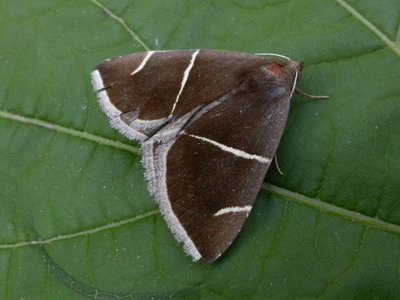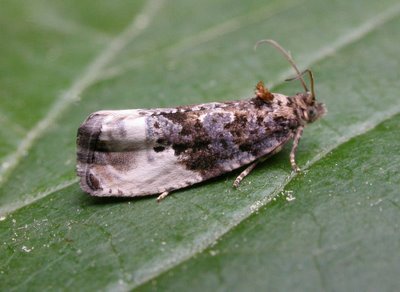Prominently on display...
I've always liked the Prominents. Is hard to say why. It's probably because they are often beautifully marked with subtle colours and tasteful shades. Many are odd shapes (even odder in their larval stages) with tufted wings or strange appendages. Some even roll their wings up so they look like broken twigs when at rest - but we'll get to those at a later stage.
I've featured a few Prominents in the past - how could you forget the Pink Prominent from a few months ago!! So, I thought it about time to see some more. Would love to see a few comments posted - even silly ones...

The incomparable Elegant Prominent. I was truly amazed when I saw my first one, and I still like 'em now! It is fairly common in Southern Ontario where the adults are on the wing during mid-summer. The larval foodplants are poplars. What a slik-looking creature...

The lovely Georgian Prominent. I like this one because of the "blocky" pattern on the wings - very nice, and blends in well on the bark. Little wonder that these creatures are so hard to find during daylight hours. This one feeds on oaks.

The odd-looking Sigmoid Prominent. Out of all the clostera species I like this one the best - and it has the best name also. Really like that tufted abdomen! It is on the wing all summer and the caterpillars feed on poplars and willows.
Would ya like to see some more???

























